- ×
 James Wedmore - Vaulted Content for BBD Members 1 × $49.00
James Wedmore - Vaulted Content for BBD Members 1 × $49.00 - ×
![[Download Now] Jason Capital - Mental Dominance](https://wishcourses.com/wp-content/uploads/2016/09/1-8-250x297.png) [Download Now] Jason Capital - Mental Dominance 1 × $30.00
[Download Now] Jason Capital - Mental Dominance 1 × $30.00 - ×
![[Download Now] Copy Hackers [Joanna Wiebe] – Email Copywriting](https://wishcourses.com/wp-content/uploads/2015/07/2.png) [Download Now] Copy Hackers [Joanna Wiebe] – Email Copywriting 1 × $40.00
[Download Now] Copy Hackers [Joanna Wiebe] – Email Copywriting 1 × $40.00 - ×
 [Download Now] Stephen Garner - Video For Real Estate Agents 1 × $25.00
[Download Now] Stephen Garner - Video For Real Estate Agents 1 × $25.00 - ×
 Josh Roache (High Traffic Academy) - RLSA with Google Adword 1 × $48.00
Josh Roache (High Traffic Academy) - RLSA with Google Adword 1 × $48.00
Subtotal: $192.00

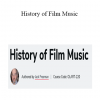

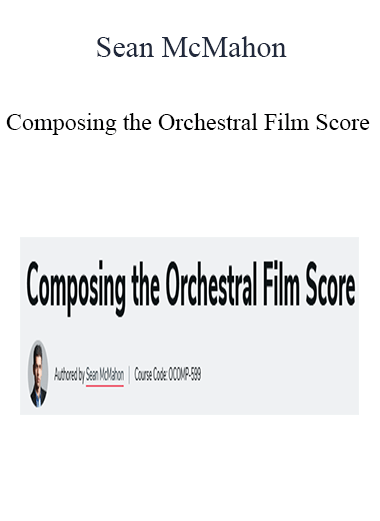
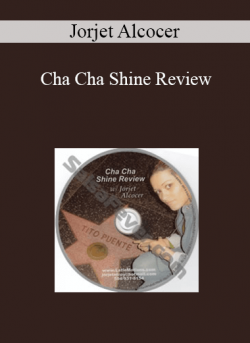
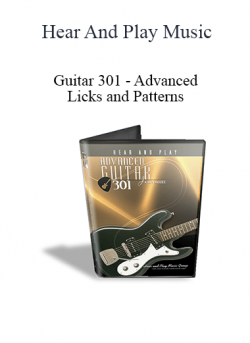
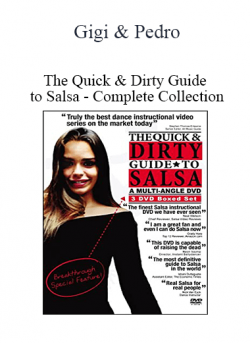
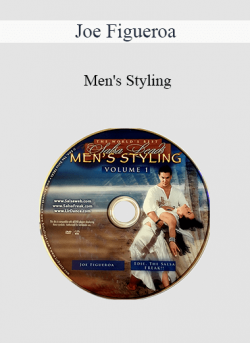
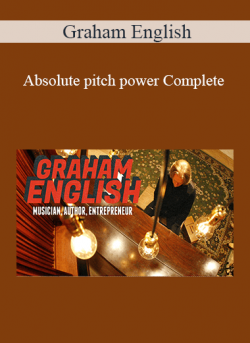
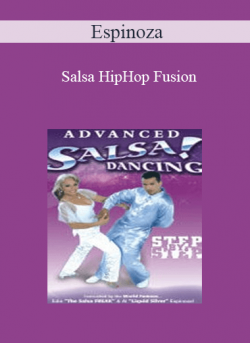
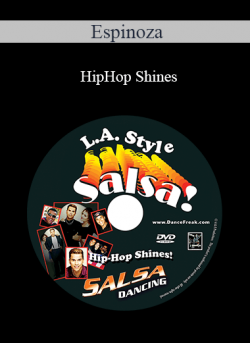
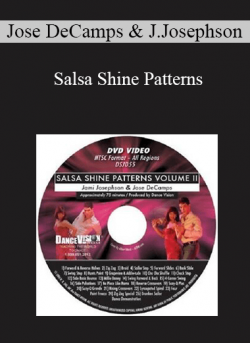
6 reviews for Sean McMahon – Composing the Orchestral Film Score
There are no reviews yet.